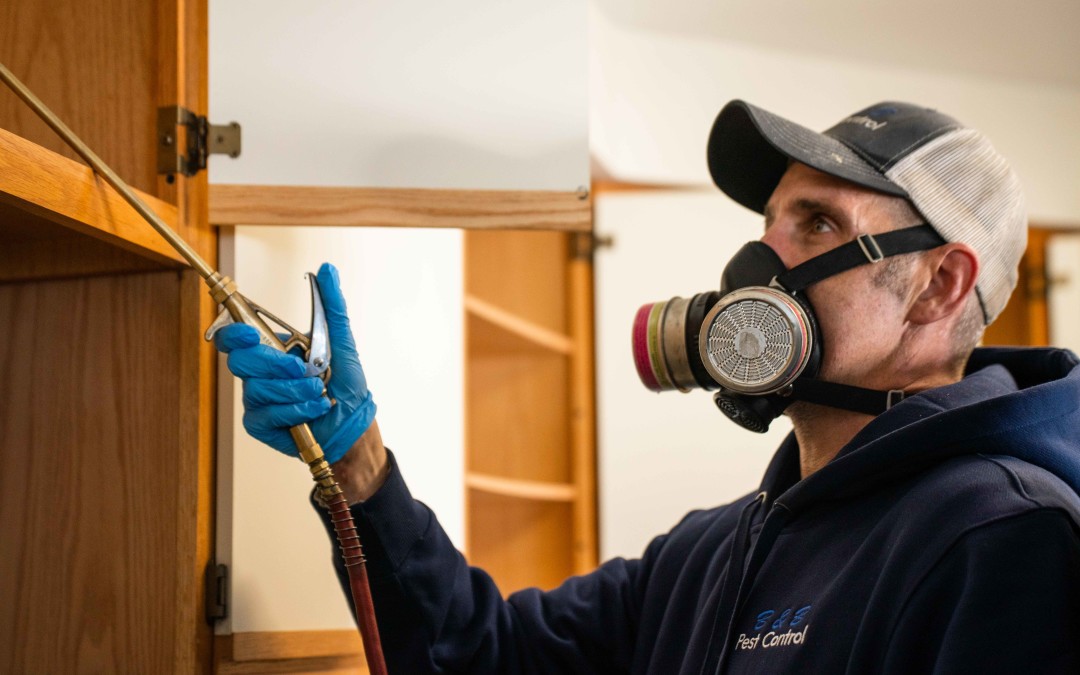A number of native stink bug species inhabit the US, and despite their abundance in gardens and lawns, they are rarely found indoors. Native stink bugs overwinter outdoors by nestling into narrow cracks and crevices during the fall in order to remain insulated from cold winter temperatures. From there, native stink bugs remain largely inactive until the arrival of the spring season. While native stink bugs do not have a negative impact on humans in urban areas, non-native stink bugs are another story. Around ten or so years ago, the non-native brown marmorated stink bug emerged in the northeast where they began to invade homes in massive numbers. These non-native stink bugs remain significant nuisance pests within homes today, but recent research in residential areas has shown how “insecticide netting” can prevent brown marmorated stink bugs from invading homes.
The brown marmorated stink bug (BMSB) is native to Asia, and due to its natural habitat in vegetation-rich areas, specimens are often transported around the world in shipments containing plant matter. The BMSB was first discovered in the US when specimens were collected from eastern Pennsylvania in 1998. Today, this non-native stink bug pest has spread to 44 states, but they remain most problematic in the northeast where large numbers cluster together in dark, and often, inaccessible indoor areas, such as tight attic spaces and wall voids. While much research has focused on the BMSB as an agricultural pest, research on their control as nuisance pests within homes is lacking. However, a recent study that had researchers place insecticide netting on the exterior walls of homes in various neighborhoods showed that BMSB can be well controlled with this seemingly odd control method.
In addition to observing how BMSB responded to insecticide netting, the researchers found that these pests generally congregate on the north and east facing exterior walls of homes, and they are particularly attracted to dark surfaces. Since these insect pests invade homes to overwinter, the researchers were not surprised to find that BMSB were particularly abundant around doorways. The BMSB made no effort to avoid congregating on walls that were covered in netting, and while the netting effectively delivered insecticide, its toxic effect was not strong enough to kill the bugs. Therefore, the proper dose of insecticide in netting will become a subject of future studies. Based on the study’s results, the researchers believe that draping an insecticide-impregnated net over exterior walls of homes at dusk during certain time periods in the fall could effectively prevent BMSB invasions.
Have you ever found a large number of bugs spread out over the exterior wall/s of a home?

